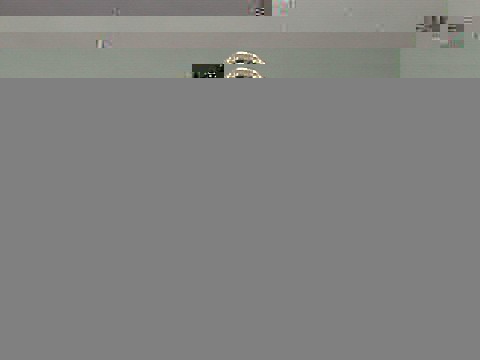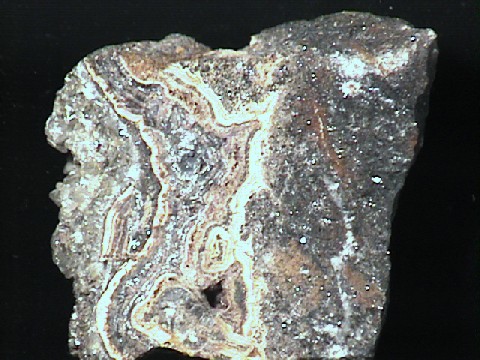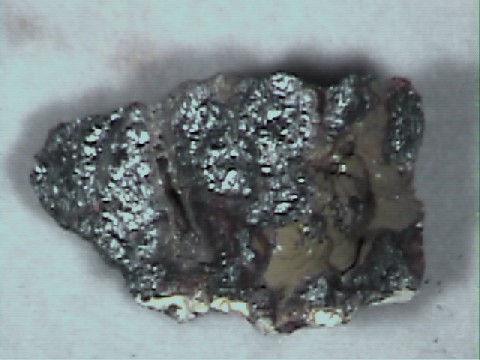 THE
MINERAL JORDANITE
THE
MINERAL JORDANITE
- Chemistry: Pb14(As, Sb)6S23, Lead Arsenic Antimony Sulfide
- Class: Sulfides
- Subclass:
Sulfosalts
- Uses: As a very minor ore of lead and arsenic and as mineral specimens.
- Specimens
Jordanite forms sharp, nicely formed crystals sometimes with deep striations.
The contrasting dark gray to black, high lustered mineral sitting on a backdrop of massive white dolomitic marble makes for a very nice mineral display specimen.
Jordanite is a rare sulfide mineral found mostly at the famous quarry of
Lengenbach, Binnental, Valais, Switzerland.
Most of the more exotic minerals from this site are arsenic sulfosalts, like jordanite, and other sulfides.
Some of the rare minerals from here include:
novakite,
seligmannite,
rathite,
sartorite,
smythite,
wallisite,
lengenbachite,
bernardite,
baumhauerite,
arsenolamprite,
liveingite,
dufrenoysite,
marrite,
imhofite and
hatchite to name a few.
Jordanite is a mineral formed from hydrothermal solutions that intermixed with the local country rock's chemistry to produce some exotic mineral species.
Jordanite is
isomorphous with the mineral
geocronite,
Pb14(Sb, As)6S23 which means that they both have the same structure, just different chemistries.
In this case jordanite is the arsenic rich mineral and geocronite is the antimony rich mineral.
PHYSICAL CHARACTERISTICS:
- Color is a lead gray to black.
- Luster is metallic.
- Transparency: Crystals are opaque.
- Crystal System: Monoclinic; 2/m.
- Crystal Habits include deeply striated prismatic and dipyramidal crystals and pseudohexagonal twins; also globular and granular forms.
- Cleavage is poor in one direction.
- Fracture: Conchoidal.
- Hardness is 3.
- Specific Gravity is 5.5 - 6.4 (heavier than average for metallic minerals)
- Streak is dark brown.
- Associated Minerals include
lengenbachite,
pyrite,
bournonite,
seligmannite,
breithauptite,
nisbite,
costibite,
arsenopyrite,
gudmundite,
meneghinite,
sphalerite and
dolomite.
- Notable Occurrences are limited to the type locality, the
Lengenbach Quarry, Binnental, Valais, Switzerland as well as Zuni Mine, Silverton, San Juan County, Colorado and Sinking Valley, Pennsylvania, USA.
- Best Field Indicators are crystal habit, locality, striations, associations and density.
 THE
MINERAL JORDANITE
THE
MINERAL JORDANITE





